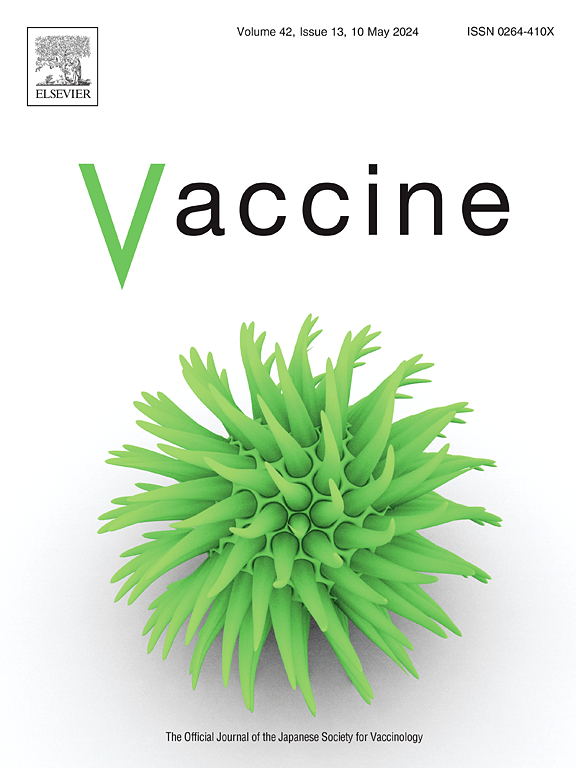Vaccines and AMR: An analysis of the funding landscape for human bacterial vaccines in low-and middle-income countries
IF 4.5
3区 医学
Q2 IMMUNOLOGY
引用次数: 0
Abstract
Background
Vaccines are critical tools to prevent the emergence and spread of antimicrobial resistance (AMR) through prevention of infection and reduction of subsequent antibiotic use. Since AMR is a critical issue disproportionately affecting Low- and Middle- Income Countries (LMICs), we examined investments in research and development for bacterial vaccines with a focus on LMIC-driven research.
Methods
Publicly available funding data on projects active from January 2007 to 15 January 2024 from the G-FINDER and Global AMR R&D Hub databases were analysed. The investment into human bacterial vaccine R&D was analysed to identify the recipients and geographic distribution of funding provided directly from funders and through intermediary organisations.
Findings
Global funding of vaccine R&D for bacterial pathogens in this dataset totals 4.50 billion USD, with the majority of funding directed towards M. tuberculosis and S. pneumoniae. Most funding was received by organisations in North America and Europe, with Asia, Africa, and Central/South America collectively receiving less than 20 % of the total funding. Philanthropic and intermediary organisations, particularly Product Development Partnerships (PDPs), emerge as critical players in mobilising and coordinating resources for bacterial vaccine R&D in LMICs.
Conclusion
Comprehensive and transparent reporting is needed to accurately assess funding to LMICs. Nevertheless, the current analysis shows that PDPs and intermediary funders are pivotal in ensuring investments reach LMIC product developers. Data gaps remain for critical bacterial pathogens on WHO's AMR priority pathogen list.
求助全文
约1分钟内获得全文
求助全文
来源期刊

Vaccine
医学-免疫学
CiteScore
8.70
自引率
5.50%
发文量
992
审稿时长
131 days
期刊介绍:
Vaccine is unique in publishing the highest quality science across all disciplines relevant to the field of vaccinology - all original article submissions across basic and clinical research, vaccine manufacturing, history, public policy, behavioral science and ethics, social sciences, safety, and many other related areas are welcomed. The submission categories as given in the Guide for Authors indicate where we receive the most papers. Papers outside these major areas are also welcome and authors are encouraged to contact us with specific questions.
 求助内容:
求助内容: 应助结果提醒方式:
应助结果提醒方式:


